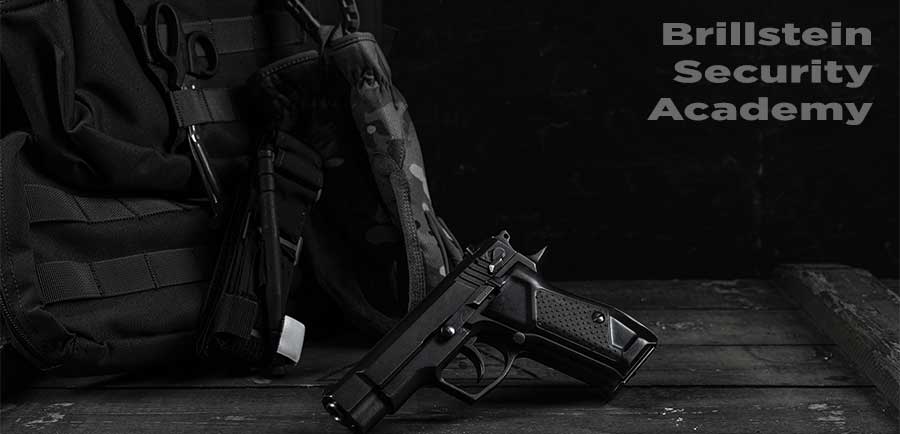eLearning, distance learning - the advantages of modern off-campus studies - BRILLSTEIN SECURITY ACADEMY (BSA)
Efficient Learning: The Innovative Programs of the BSA
The study programs and training courses offered by the Brillstein Security Academy (BSA) are characterized by their intensity and versatility, combining theory and practice in a balanced manner. Thanks to a flexible concept that integrates theoretical components through distance learning and eLearning, our programs can be seamlessly incorporated into the daily lives of working professionals. Participants from around the world benefit from cutting-edge learning methods, including an online campus, email support, interim assessments, and extensive learning materials such as books, eBooks, and videos.
This method of learning, internationally known as “off-campus” or “non-traditional study,” has been established for decades and is globally recognized as an equivalent alternative to traditional study programs—even by prestigious institutions like ETH Zurich.
Pioneering Security Training
The BSA has been an industry pioneer, introducing numerous innovative training concepts that are now widely imitated. As early as the 1990s, our instructors developed modular security training programs that could be completed flexibly and alongside employment. Simultaneously, Professional Security TV in the USA introduced distance learning programs for security personnel.
Our approach emerged in response to the growing demand for flexible training formats, enabling professionals to pursue further education alongside their jobs. The increasing threat of terrorism and cross-border crime necessitated new methods—methods that were explicitly welcomed and supported by government agencies, including the US government.
While other providers are still attempting to imitate our courses, we continue to set new standards and further develop our offerings. Criticism of our methods often stems from outdated thinking or competitors who cannot match our professionalism.
Learning with Flexibility and Structure
Our students benefit from a clearly structured learning methodology:
Theory: Study at your own pace with comprehensive materials, including books, videos, and podcasts.
Practice: In-person events, seminars, and internships provide hands-on insights and training at the highest level.
This model allows participants to manage their study time flexibly, balancing work, family, and education. At the same time, this approach significantly reduces costs compared to traditional on-campus programs, as there are no additional expenses for housing, infrastructure, or personnel.
Clarity on Study Times and Support
The stated study durations—such as six or twelve months—refer to the pure teaching period and remain unaffected by vacations or illness. Participants who need more time or additional support can access these without incurring extra costs.
While distance learning requires a certain level of self-motivation and discipline, dedicated students benefit from the high flexibility and individualized learning process. For those seeking additional support during their studies, tutors, forums, and email support are always available.
A Modern Approach with Proven Success
The BSA’s distance learning combines traditional elements with the latest teaching methods. The advantages are clear:
Flexibility: Learn when and where it suits you best.
Cost Savings: Lower costs compared to traditional study models.
Practical Focus: In-person events and training meet the standards of traditional courses.
Our model is comparable to successful formats such as the “Studienkolleg” programs or the well-established distance learning offerings in Germany.
Responding to Criticism and Outdated Systems
Despite our success, some critics cling to outdated teaching methods and reject our innovative approaches. However, as studies like PISA demonstrate, traditional education systems in many countries lag behind. These results reveal significant shortcomings, and even renowned institutions like the German Armed Forces have had to lower their entry requirements.
While critics question our methods, they simultaneously adopt our concepts—whether by copying course content, titles, or even text from our website. These imitations confirm the quality of our work. At the BSA, however, you always receive the most up-to-date concepts directly from the source.
Successful Learning with the BSA
Since the 1990s, the BSA has been a pioneer in offering distance learning programs for security personnel. This model is increasingly being adopted by leading universities worldwide—a clear testament to its effectiveness.
Whether through distance learning, in-person seminars, or internships, our programs prepare you to succeed in the security industry. Don’t let outdated approaches hold you back—take advantage of modern and flexible teaching methods that provide you with first-class education and secure your professional success.
If you would like more information, our team is always available. Request additional materials today through our contact form—we look forward to supporting you on your path to success!

